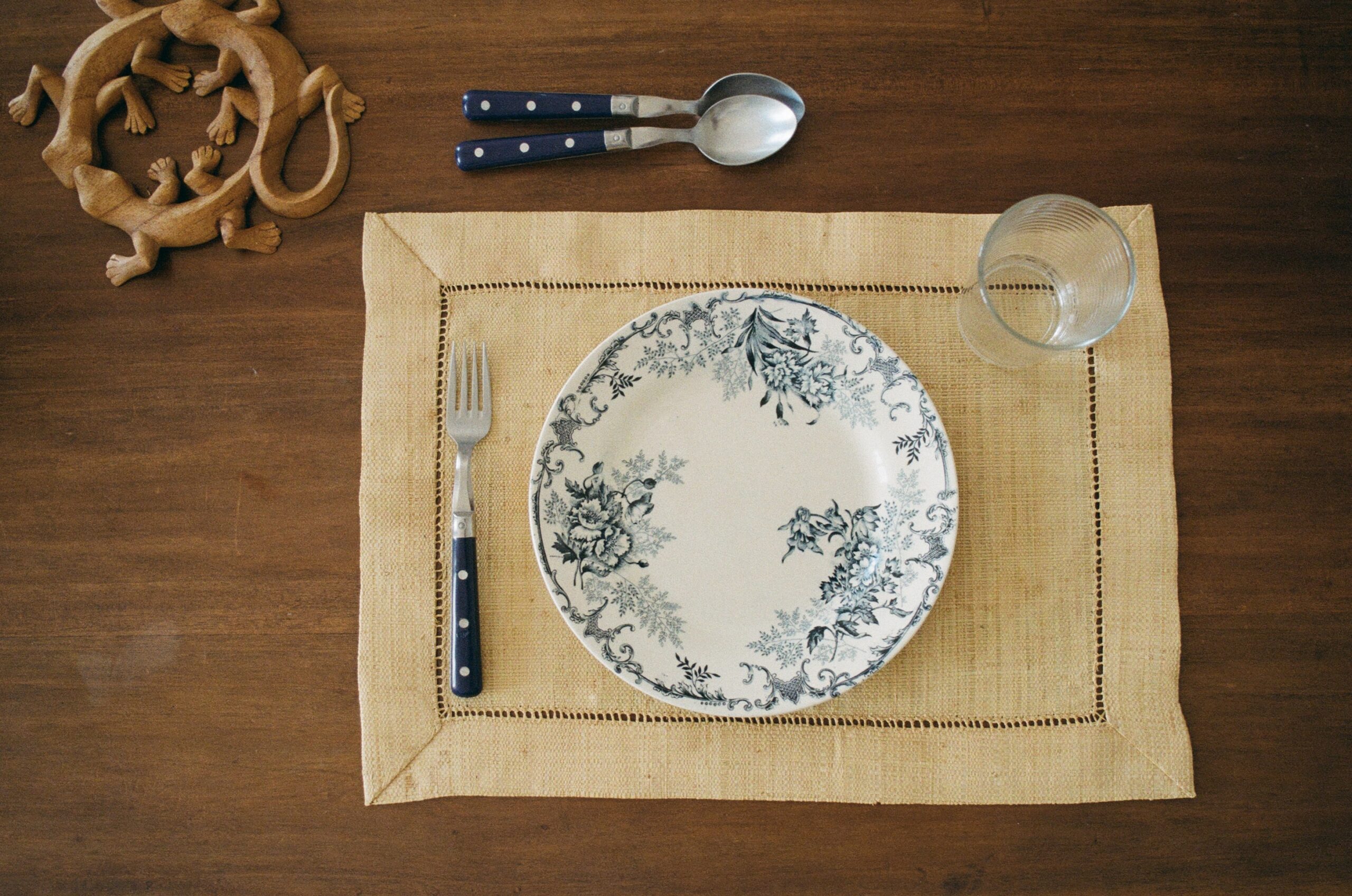
I love making Chinese dumplings. Making them takes a little time, but they are perfect food in terms of nutritious balance and it’s just fun to make them.
Although we are temporarily not allowed to invite people because of the pandemic restrictions, when we used to have friends over for dinner we would often prepare these dumplings.
As a host, you can prepare the dumplings and store them in the fridge until your friends arrive. Cooking them in a steamer only takes 15 minutes. When you bring the bamboo steamer onto the table and take the lid off in front of the guests’ eyes, it’s definitely going to be a “Wow…!” moment.
Today I’d like to share the most basic recipe of dumplings using minced pork and Chinese cabbage. You can use a normal green cabbage as a substitute for Chinese cabbage.
Recipe for Steamed Dumplings with Pork and Chinese Cabbage
Ingredients for 50 pieces of Steamed Dumplings:
- Minced Pork: 150 to 200g
- Chinese Cabbage: ⅛
- Mushrooms: 4 or 5 pieces
- Spring Onion: 2 pieces
- Garlic: 2 cloves
- Salt: a pinch
- Sesame Oil: 1 teaspoon
- Black or White Pepper
- Lard (optional): 1 tablespoon
- Dumpling Skin: 50 sheets
For Sauce per person:
- Soy Sauce: 1 tablespoon
- White Vinegar: 1 tablespoon
- Optional: Sesame oil, chopped chili peppers, coriander, chopped or sliced ginger
How to Make Steamed Dumplings with Pork and Chinese Cabbage:
Fillings
1. Finely chop up the Chinese cabbage, mushrooms, and spring onions.

2. Put the chopped vegetables, mashed garlic, minced pork, salt, pepper powder, sesame oil and lard in a bowl.

3. Mix them well with your hand.

Shaping the dumplings
4. Prepare 2 or 3 tablespoons of water in a small container (which will be used as a “glue” for the skins)

5. Take a sheet of dumpling skin, put a teaspoon of filling on it.

6. Apply a little water on the edge of skin and fold it as tacking the skin.

7. Press the edge of the skin with your fingers so that the filling won’t come out while being steamed.


8. Place the dumplings in the steamer with a little space between them.

Steaming the Dumplings
9. Steam the dumplings for 10 to 15 minutes on medium or high heat.
10. While it’s being cooked, make the dumpling sauce, mixing all of the ingredients for it.
11. After removing it from the heat, rest them for 5 minutes, not opening the steamer.
12.Serve them with the sauce.
For vegetarians
You can use a firm tofu or well drained tofu instead of minced pork. The tofu has to be mashed and add some corn starch or potato starch to absorb its moisture so that you can treat it easily when you stuff the dumpling.
Japanese dumplings and Chinese dumplings
Dumplings are eaten worldwide and each place has slightly different styles and preferences.
In China, dumplings are everyday food. They have lots of different fillings and shapes, but they seem to prefer steaming or boiling dumplings while Japanese people like pan-frying them more. There are also pan fried dumplings in China too which is called “Guo Tie” in Chinese, which literally means “sticking to the wok”, but they normally pan-fry them when they have leftover steamed or boiled dumplings.
In Japan, when they talk about “Gyoza” which means “dumplings” in Japanese, it usually means pan-fried dumplings. They should be cooked in a frying pan, half steamed with a little water and finished with pouring a flour water to give extra crispiness to the skin which is referred to as “dumplings’ wings”.
Technique for Folding the Dumplings
The ways to fold the skin with the filling are also different between Chinese and Japanese dumplings. In the Japanese style, we make pleats with the skin from left to right when shaping the dumplings. I could say that Chinese version is a bit simpler and it might be easier when you make them for the first time.
Here is a video that I took before, when one of our Chinese friends showed us how to fold them.
The key to success is not to put too much fillings in the skin. Please no6e that your dumpling skins have to be well sealed.
Thickness of the Skin
As cooking preference is different between Chinese dumplings and Japanese ones, the thickness of the skin is also different. In China, where steaming or boiling ones are more popular, their skins are relatively thicker while Japanese ones are thinner.
It may not be easy for you to choose the thickness of the skin when you buy them in an Asian food shop, but don’t worry too much any kind of skin should work reasonably. Or, you can make dumpling skins from flour and water, so that you can adjust the thickness. The details of making dumpling skins from scratch will be another post, one day…they are fun to make!


